-
 Bitcoin
Bitcoin $83,656.9601
-1.62% -
 Ethereum
Ethereum $1,818.3048
-3.24% -
 Tether USDt
Tether USDt $0.9999
0.02% -
 XRP
XRP $2.0453
-3.52% -
 BNB
BNB $599.7061
-0.69% -
 USDC
USDC $0.9999
-0.01% -
 Solana
Solana $118.3126
-6.02% -
 Dogecoin
Dogecoin $0.1640
-4.52% -
 Cardano
Cardano $0.6511
-4.29% -
 TRON
TRON $0.2335
-1.51% -
 Toncoin
Toncoin $3.7164
-8.64% -
 UNUS SED LEO
UNUS SED LEO $9.4227
0.27% -
 Chainlink
Chainlink $12.9728
-4.64% -
 Stellar
Stellar $0.2607
-2.54% -
 Avalanche
Avalanche $18.3389
-5.50% -
 Sui
Sui $2.3026
-5.14% -
 Shiba Inu
Shiba Inu $0.0...01230
-0.69% -
 Hedera
Hedera $0.1628
-3.23% -
 Litecoin
Litecoin $84.3882
2.03% -
 Polkadot
Polkadot $3.9994
-2.68% -
 MANTRA
MANTRA $6.3543
2.57% -
 Bitcoin Cash
Bitcoin Cash $305.8204
-0.19% -
 Bitget Token
Bitget Token $4.5673
-0.88% -
 Dai
Dai $1.0000
0.01% -
 Ethena USDe
Ethena USDe $0.9998
-0.01% -
 Pi
Pi $0.6299
-7.08% -
 Hyperliquid
Hyperliquid $11.7893
-12.57% -
 Monero
Monero $211.7997
-1.68% -
 Uniswap
Uniswap $5.9917
-1.93% -
 Aptos
Aptos $5.2508
-0.86%
How does the currency circle fund make profits?
Currency circle funds profit via crypto investments, market making, margin trading, fees, proprietary trading, and staking/yield farming, offering potential returns while carrying inherent risks.
Jan 12, 2025 at 10:56 am
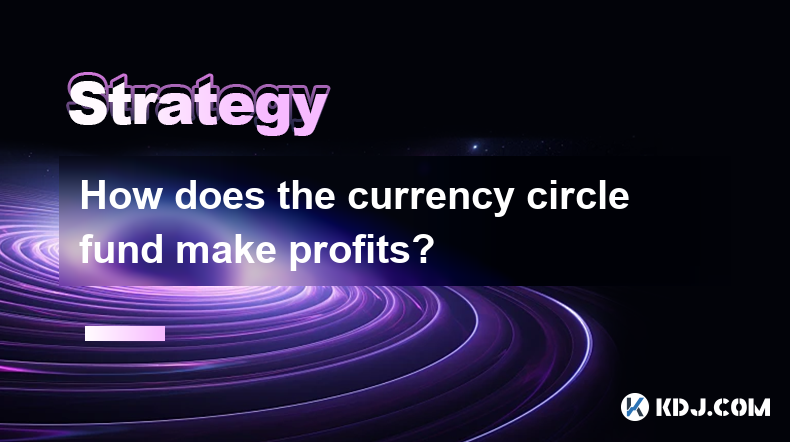
Key Points of the Article
How Currency Circle Funds Make Profits:
- Investing in Cryptocurrencies: Currency circle funds invest a significant portion of their assets in various cryptocurrencies, such as Bitcoin, Ethereum, and others. They profit from price appreciation or fluctuation in the value of these coins.
- Market Making: Currency circle funds provide liquidity to digital asset exchanges by acting as intermediaries between buyers and sellers during trading sessions. They profit by capturing the spread (the difference between the bid and ask prices) on every trade.
- Margin Trading: Currency circle funds extend loans to traders who wish to amplify their profits using leverage. The funds charge interest on these loans, which contributes to their revenue.
- Fees Collection: Currency circle funds may charge fees for various services, such as management fees, performance fees, or transaction fees. These fees provide a steady stream of income for the funds.
- Proprietary Trading: Some currency circle funds engage in proprietary trading, where they use advanced algorithmic models to generate returns through arbitrage, high-frequency trading, or other strategies.
- Staking and Yield Farming: Currency circle funds may participate in staking or yield farming, where they lock up cryptocurrencies to earn rewards or interest. These rewards contribute to the funds' profitability.
Comprehensive Explanation of Each Method
1. Investing in Cryptocurrencies:
Currency circle funds conduct thorough research and analysis to identify promising cryptocurrencies with strong potential for growth. They allocate a significant portion of their assets to these digital coins, hoping to capitalize on price appreciation or market volatility.
2. Market Making:
Currency circle funds play a vital role as market makers on digital asset exchanges. They quote both bid and ask prices for cryptocurrencies, providing liquidity to the markets and enabling smooth trading. By capturing the spread on trades, the funds secure a steady income.
3. Margin Trading:
Currency circle funds facilitate margin trading, where traders can borrow funds to increase their trading capital and leverage. The funds charge interest on these loans, which is a lucrative source of revenue. However, margin trading involves significant risks, as traders may incur losses greater than their initial investment.
4. Fees Collection:
Currency circle funds often charge a range of fees for their services. These fees can include management fees, which are levied for managing the fund's portfolio; performance fees, which are contingent on the fund's returns; and transaction fees, which cover the costs of trading.
5. Proprietary Trading:
Certain currency circle funds engage in proprietary trading strategies, using advanced algorithmic models and statistical analysis to predict market movements. They employ strategies such as arbitrage, high-frequency trading, and quantitative analysis to generate profits.
6. Staking and Yield Farming:
Staking and yield farming are popular methods for earning rewards or interest on cryptocurrencies. Currency circle funds may participate in these activities by locking up digital coins to earn rewards, which subsequently contribute to the funds' overall profitability.
FAQs
Q: What are the risks associated with investing in currency circle funds?
A: Currency circle funds carry inherent risks, including cryptocurrency price volatility, market fluctuations, regulatory uncertainties, and cyber threats.
Q: How do currency circle funds measure success?
A: Currency circle funds measure success primarily through their investment performance, which is often represented by their return on investment (ROI). Some funds also assess performance based on risk-adjusted measures, such as the Sharpe ratio.
Q: Are currency circle funds regulated?
A: Regulations governing currency circle funds vary across jurisdictions. Some regions have comprehensive regulations, while others have limited or no regulatory frameworks.
Disclaimer:info@kdj.com
The information provided is not trading advice. kdj.com does not assume any responsibility for any investments made based on the information provided in this article. Cryptocurrencies are highly volatile and it is highly recommended that you invest with caution after thorough research!
If you believe that the content used on this website infringes your copyright, please contact us immediately (info@kdj.com) and we will delete it promptly.
- Ernst & Young (EY) Unveils Nightfall_4, a Zero-Knowledge (ZK) Rollup Architecture
- 2025-04-03 16:45:13
- Investing in racehorses has traditionally been the preserve of the super wealthy and elite
- 2025-04-03 16:45:13
- Bitcoin price struggles on its daily charts as crypto market liquidations cross $500M.
- 2025-04-03 16:40:12
- TRON Founder Justin Sun Accuses First Digital Trust (FDT) of Insolvency
- 2025-04-03 16:40:12
- Coin Master Free Spins Links April 3, 2025
- 2025-04-03 16:35:13
- Ripple Integrates Its Newly Released Stablecoin RLUSD into Its Flagship Payments Solution
- 2025-04-03 16:35:13
Related knowledge

How to use the three crows candlestick combination to determine the market top?
Apr 03,2025 at 03:18pm
Three Black Crows are a classic K-line combination form that is often used to judge the top of the market in technical analysis. This pattern consists of three consecutive negative lines, the opening price of each negative line is within the entity of the previous K-line, and the closing price gradually decreases. This pattern usually appears at the end...
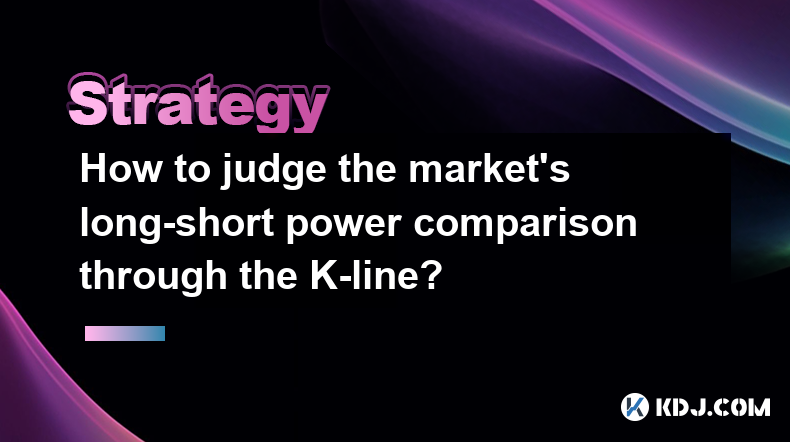
How to judge the market's long-short power comparison through the K-line?
Apr 03,2025 at 02:39pm
Judging the market's long-short power comparison through the K-line is an important skill in technical analysis. The K-line chart can not only show price changes, but also reflect the emotions and power comparison of market participants. This article will introduce in detail how to judge the market's long-short power comparison through K-lines. ...
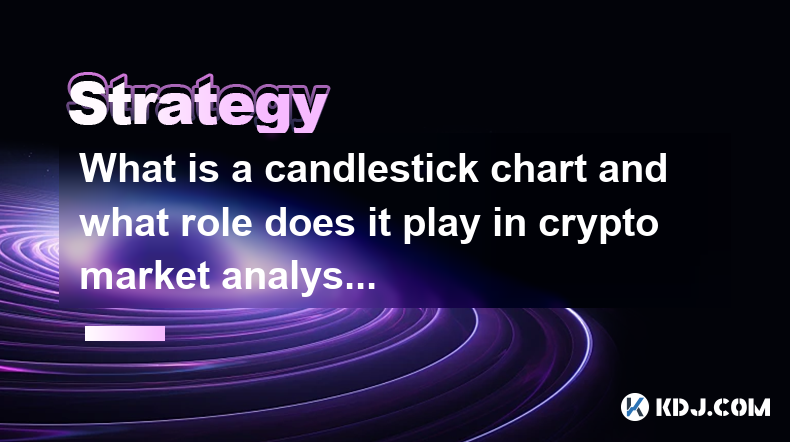
What is a candlestick chart and what role does it play in crypto market analysis?
Apr 03,2025 at 02:26pm
K-line chart, also known as candle chart, is a form of chart used to display changes in the price of financial products. In the cryptocurrency market, K-line charts are widely used to analyze the price trends of digital assets such as Bitcoin and Ethereum. This article will introduce in detail the basic structure, types of K-line charts and their specif...
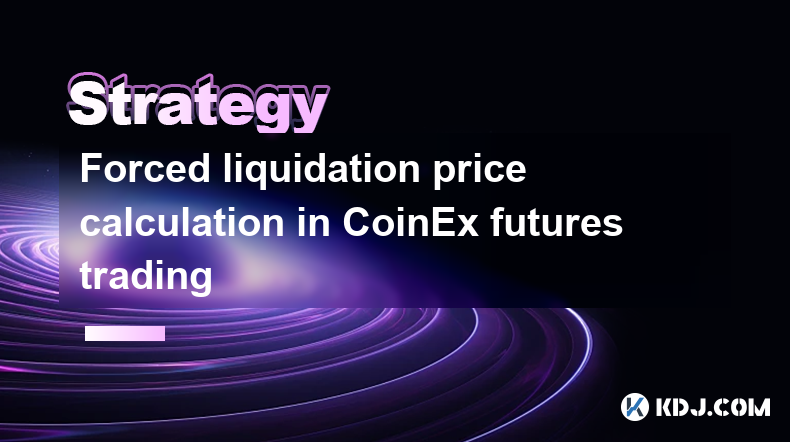
Forced liquidation price calculation in CoinEx futures trading
Apr 03,2025 at 05:35am
In CoinEx futures trading, understanding the forced liquidation price is crucial for managing risk and maintaining your positions. The forced liquidation price is the point at which your position is automatically closed to prevent further losses. This mechanism is designed to protect both the trader and the platform from negative account balances. The c...
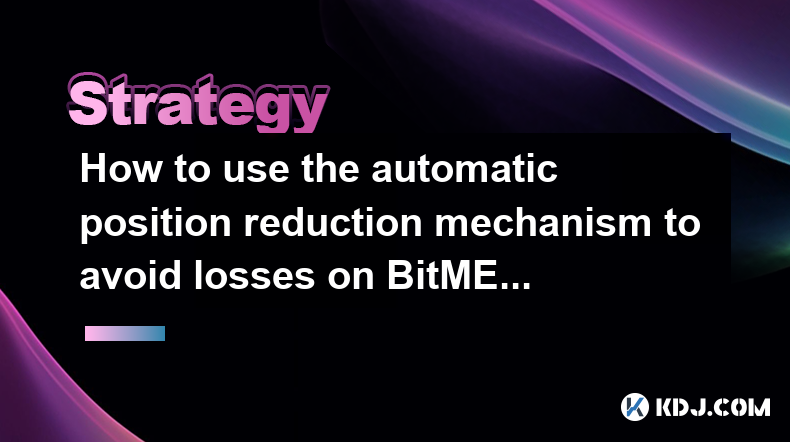
How to use the automatic position reduction mechanism to avoid losses on BitMEX
Apr 03,2025 at 02:56am
Using the automatic position reduction mechanism on BitMEX can be a strategic approach to managing risk and avoiding potential losses in the volatile cryptocurrency market. This feature, also known as Auto Deleveraging (ADL), is designed to help traders by automatically reducing their positions in certain conditions. To effectively use this mechanism, i...
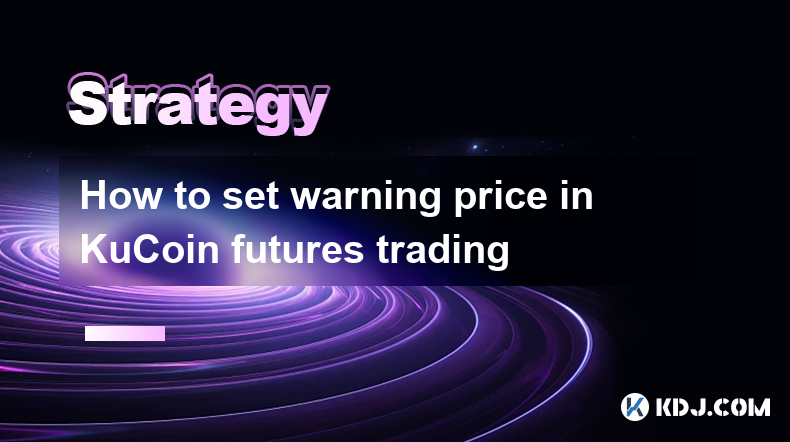
How to set warning price in KuCoin futures trading
Apr 03,2025 at 08:14am
Setting a warning price in KuCoin futures trading is an essential feature for managing risk and staying informed about market movements. This tool allows traders to receive notifications when the price of a futures contract reaches a specific level, helping them make timely decisions. To set a warning price, you need to navigate to the futures trading i...

How to use the three crows candlestick combination to determine the market top?
Apr 03,2025 at 03:18pm
Three Black Crows are a classic K-line combination form that is often used to judge the top of the market in technical analysis. This pattern consists of three consecutive negative lines, the opening price of each negative line is within the entity of the previous K-line, and the closing price gradually decreases. This pattern usually appears at the end...

How to judge the market's long-short power comparison through the K-line?
Apr 03,2025 at 02:39pm
Judging the market's long-short power comparison through the K-line is an important skill in technical analysis. The K-line chart can not only show price changes, but also reflect the emotions and power comparison of market participants. This article will introduce in detail how to judge the market's long-short power comparison through K-lines. ...

What is a candlestick chart and what role does it play in crypto market analysis?
Apr 03,2025 at 02:26pm
K-line chart, also known as candle chart, is a form of chart used to display changes in the price of financial products. In the cryptocurrency market, K-line charts are widely used to analyze the price trends of digital assets such as Bitcoin and Ethereum. This article will introduce in detail the basic structure, types of K-line charts and their specif...

Forced liquidation price calculation in CoinEx futures trading
Apr 03,2025 at 05:35am
In CoinEx futures trading, understanding the forced liquidation price is crucial for managing risk and maintaining your positions. The forced liquidation price is the point at which your position is automatically closed to prevent further losses. This mechanism is designed to protect both the trader and the platform from negative account balances. The c...

How to use the automatic position reduction mechanism to avoid losses on BitMEX
Apr 03,2025 at 02:56am
Using the automatic position reduction mechanism on BitMEX can be a strategic approach to managing risk and avoiding potential losses in the volatile cryptocurrency market. This feature, also known as Auto Deleveraging (ADL), is designed to help traders by automatically reducing their positions in certain conditions. To effectively use this mechanism, i...

How to set warning price in KuCoin futures trading
Apr 03,2025 at 08:14am
Setting a warning price in KuCoin futures trading is an essential feature for managing risk and staying informed about market movements. This tool allows traders to receive notifications when the price of a futures contract reaches a specific level, helping them make timely decisions. To set a warning price, you need to navigate to the futures trading i...
See all articles























































































